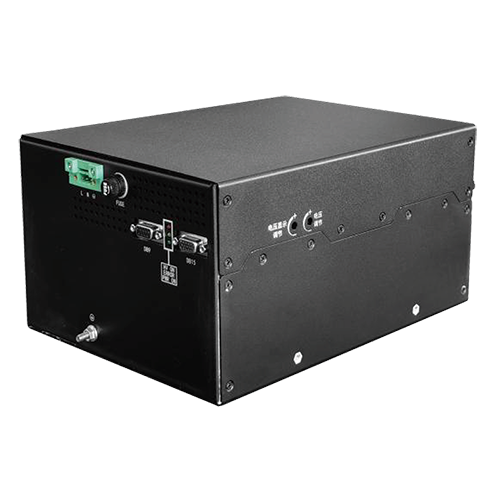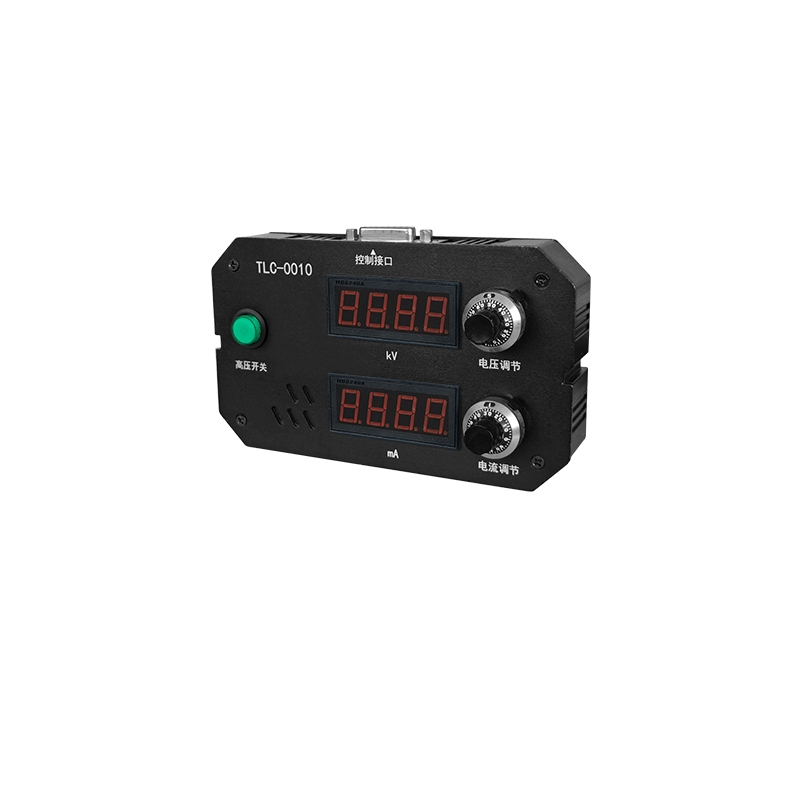The Important Role of High-Voltage Power Supplies in Precious Metal Analyzers
The high-voltage power supply is one of the core components of precious metal analyzers. Its performance directly affects the detection accuracy and stability of the instrument. In precious metal analyzers, high-voltage power supplies play two main roles: providing power for atomization and providing voltage for electrical spark discharge.
Firstly, the high-voltage power supply provides operating voltage for the atomization components. Atomization components like inductively coupled plasma atomic emission spectrometers require the high-voltage power supply to provide an uninterrupted, stable DC high voltage of 2-5 kV to ignite and sustain the argon plasma. The stability of the high-voltage power supply directly impacts the excitation temperature and electron density of the plasma, which determines the intensity and stability of the spectral lines. If the high-voltage power supply output is unstable, it can cause spectral baseline drift and reduced signal-to-noise ratio, severely affecting detection accuracy.
Secondly, the high-voltage power supply provides pulsed voltage for electrical spark discharge. In detection, the sample produces characteristic spectra after vaporization and excitation through electrical sparking. This requires the high-voltage power supply to provide pulsed voltage of tens of kilovolts to the discharge gap within an extremely short time. The higher the voltage amplitude and shorter the rise time, the better the excitation effect. The stability of the pulsed high-voltage power supply directly affects the repeatability of the energy spectra. Common circuits use MOSFETs in series hard switching that can produce nanosecond rise time pulses at repetition rates up to several kilohertz, ensuring stable excitation.
In summary, parameters of the high-voltage power supply like voltage stability, ripple noise, and pulsed response speed directly affect the stability of the spectra and detection accuracy. Designing high-quality voltage regulation circuits, using low-loss devices, and effectively filtering the power supply are keys to obtaining high-performance analytical instruments. At the same time, comprehensive surge protection and insulation design are also necessary means to ensure the safety of the instrument and users. The proper selection and application of high-voltage power supplies is an important guarantee for achieving fast and accurate precious metal analysis.




















